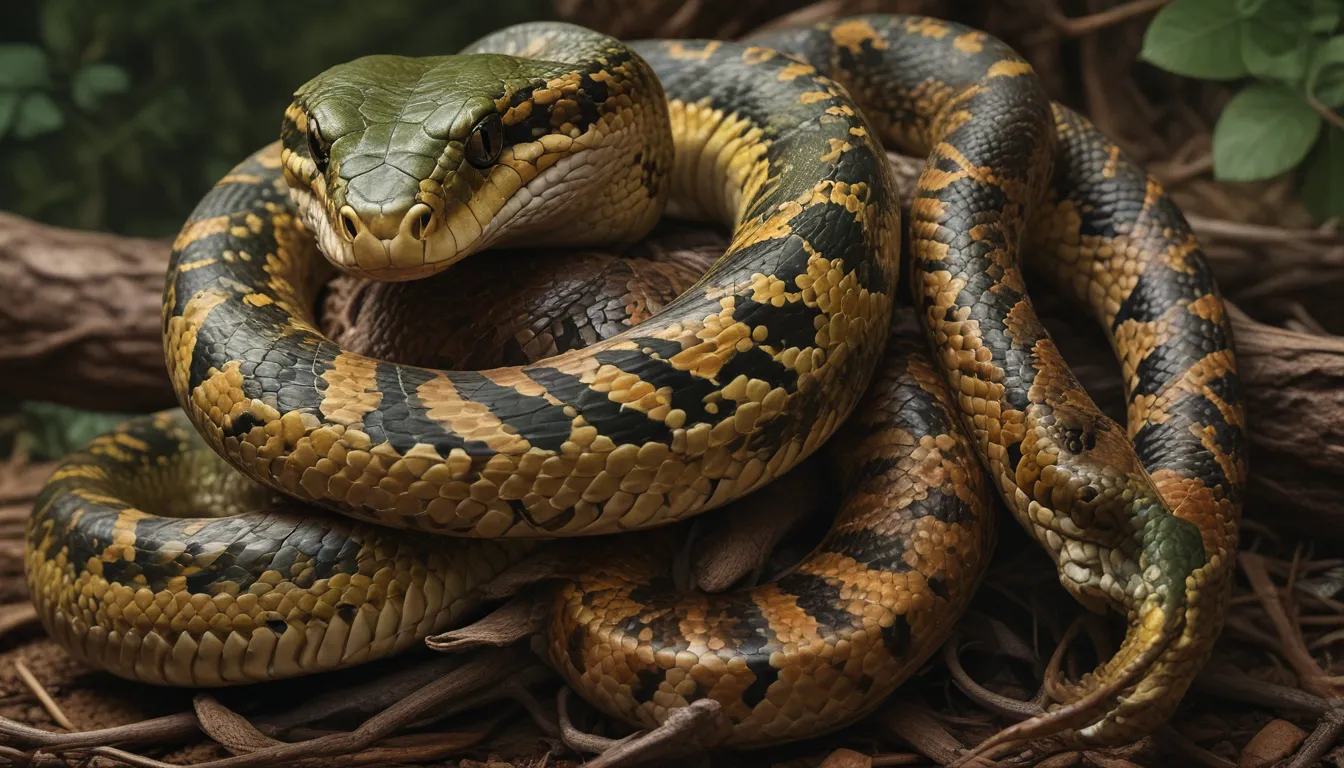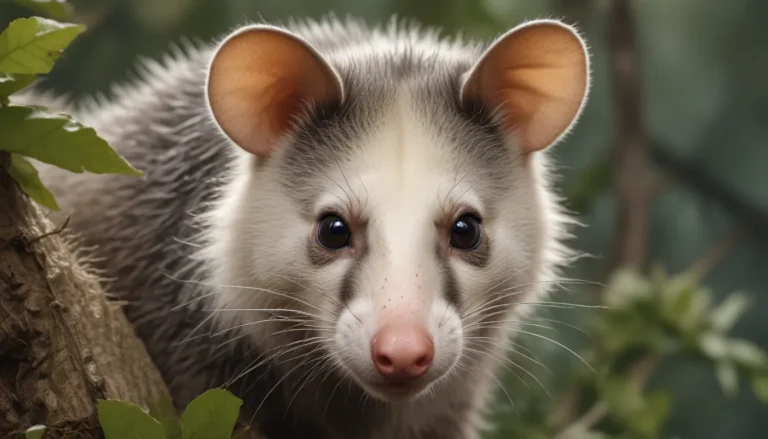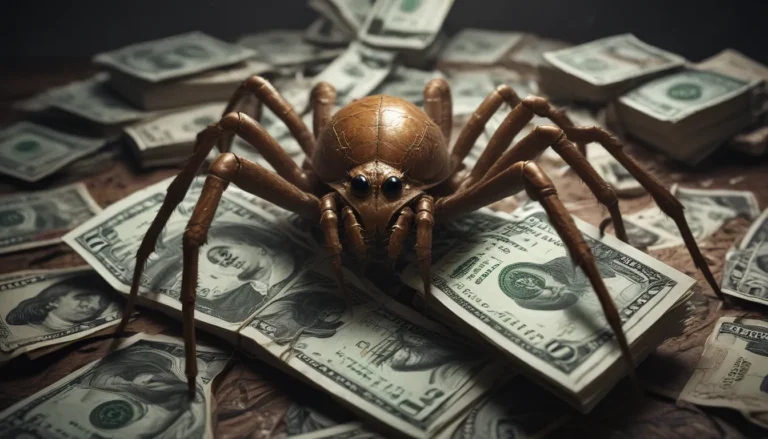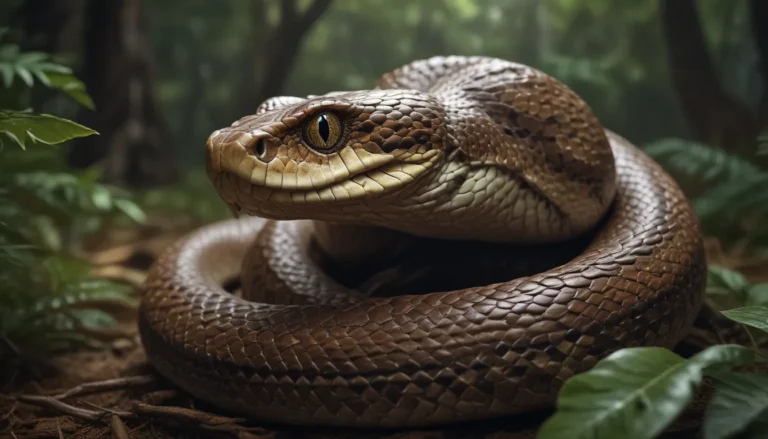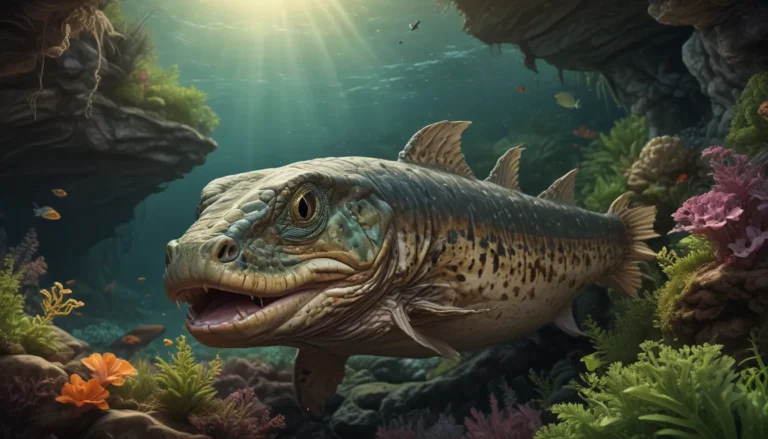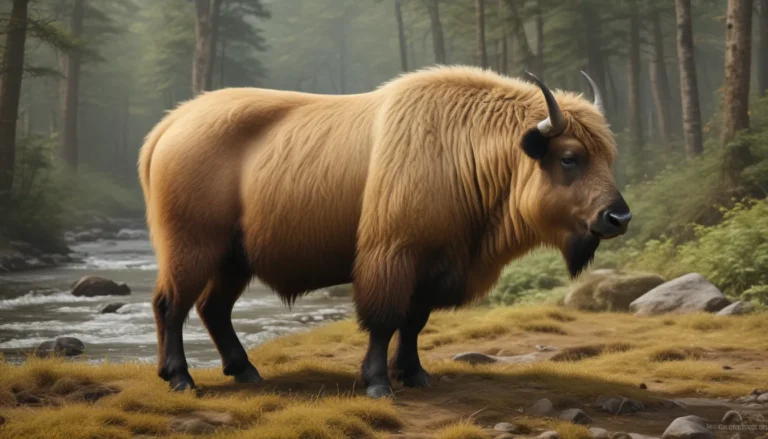The pictures we use in our articles might not show exactly what the words say. We choose these pictures to make you interested in reading more. The pictures work together with the words but don’t take their place. The words still tell you the important facts.
Snakes, often feared for their venomous nature, have a unique place in the animal kingdom. From their elusive movement to their striking appearance, snakes have captured both the imagination and fear of humans. While many carry venom that can be life-threatening, it is important to understand that snakes primarily use their venom as a defense mechanism. By delving into the world of the most venomous snakes, we can gain a deeper appreciation for these fascinating creatures and learn to coexist with them respectfully.
Exploring the Most Venomous Snakes
Let's embark on a journey to discover some of the most venomous snakes on the planet. From the outback of Australia to the dense forests of Southeast Asia, these snakes are as diverse as they are deadly. Each snake on this list possesses a unique set of characteristics and behaviors that make them both awe-inspiring and formidable.
Inland Taipan Snake
The Inland Taipan, also known as the "fierce snake," holds the title of the most venomous terrestrial and sea-dwelling snake in the world. Despite its fearsome reputation, this snake is shy and reclusive by nature. A single bite from the Inland Taipan can deliver a potent venom capable of killing over 100 fully-grown men in just 30 minutes. With neurotoxic, hemolytic, and coagulopathic properties, the venom of this snake poses a serious threat to humans.
Eastern Brown Snake
Ranked as the second most toxic terrestrial snake globally, the Eastern Brown Snake is highly formidable and aggressive. Responsible for numerous fatalities in Australia, these snakes exhibit a variety of colors and slender bodies. Their venom is specialized to kill warm-blooded animals, making them a significant threat to humans. Despite advancements in first-aid treatment and antivenom production, fatalities from Eastern Brown Snake bites are still reported annually.
Coastal Taipan
The Coastal Taipan, native to Australia, is an aggressive snake known for its lethality. A bite from this snake can cause paralysis and breathing difficulties, with a mortality rate of 100% without treatment. Taipans play a crucial role in controlling rat populations, but provoking them should be avoided due to their powerful venom. These snakes exhibit color variations based on seasons and prefer coastal regions with abundant food sources.
Mainland Tiger Snake
Characterized by tiger-like stripes, the Mainland Tiger Snake is a formidable predator in Australia. Known for its confrontational behavior and swift strikes, this snake poses a significant threat to humans. With the ability to move through water effortlessly, the Mainland Tiger Snake is an expert hunter with distinct physical features, including wide fangs and color variations.
Russell’s Viper
The Russell’s Viper, named after Scottish naturalist Patrick Russell, is a highly distributed and aggressive snake found in India, Taiwan, and Java. Responsible for a significant number of snakebite-related deaths, this viper is one of the "big four" venomous snakes in India. With a penchant for lurking in grasslands and farmlands, Russell’s Vipers are known for their defensive or offensive bites when threatened.
Blue Krait
The Blue Krait, native to Thailand and Southeast Asia, delivers a lethal bite that can result in death even with antivenom treatment. With venom capable of shutting down the nervous system and causing paralysis, this snake is a significant threat to humans. Blue Kraits exhibit unique behaviors, such as ritual fighting among males and egg-laying by females, making them a fascinating species to study.
Boomslang
Known for its non-aggressive nature, the Boomslang is a tree-dwelling snake found in sub-Saharan Africa. Armed with hemotoxic venom, these snakes primarily inhabit trees and shrubs, preying on other snakes and lizards. Their exceptional eyesight and camouflage abilities make them elusive predators in diverse habitats. Despite their lethal venom, Boomslangs play a vital role in ecosystem balance.
Understanding Venomous Snakes: Myths vs. Facts
As we explore the world of venomous snakes, it is essential to debunk common myths and misconceptions surrounding these fascinating creatures. From their behaviors to their venom properties, separating fact from fiction can help us appreciate and respect these animals from a place of knowledge.
Myth: Snakes Are Aggressive Towards Humans
Fact: While some venomous snakes may exhibit aggressive behavior when threatened, most snakes prefer to flee rather than confront humans. Understanding snake behavior and respecting their habitat can help prevent unnecessary conflicts.
Myth: All Venomous Snakes Are Deadly
Fact: While many venomous snakes possess potent venom, not all bites are fatal to humans. Proper first-aid treatment, access to antivenom, and avoiding dangerous encounters can significantly reduce the risk of severe outcomes.
Myth: Venomous Snakes Are Evil
Fact: Snakes play a vital role in ecosystems and should not be demonized for their natural behaviors. Venomous snakes have evolved their venom as a survival mechanism and contribute to the balance of nature.
Myth: All Venomous Snakes Are Aggressive Hunters
Fact: While some venomous snakes are skilled hunters, others exhibit ambush predator behaviors or prey on specific animals. Understanding the hunting habits of venomous snakes can provide valuable insights into their ecological roles.
By dispelling myths and embracing facts, we can foster a deeper appreciation for these remarkable creatures and promote coexistence with them in their natural habitats.
Safety Tips for Dealing with Venomous Snakes
Encountering a venomous snake can be a daunting experience, but with the right knowledge and precautions, you can reduce the risk of harm. Here are some essential safety tips for dealing with venomous snakes:
- Remain calm and slowly back away from the snake to give it space.
- Avoid sudden movements or loud noises that may startle the snake.
- Do not attempt to handle or provoke the snake in any way.
- If bitten, seek immediate medical attention and try to remember the snake's characteristics for proper identification.
- Educate yourself and others on snake identification and safety measures to prevent snake encounters.
Remember, respecting the natural habitat of venomous snakes and understanding their behaviors is key to ensuring peaceful coexistence and minimizing the risk of snake bites.
Conclusion: Embracing the Diversity of Venomous Snakes
As we conclude our exploration of the world's most venomous snakes, it is clear that these creatures play a vital role in maintaining ecosystem balance. By understanding their behaviors, characteristics, and habitats, we can coexist with venomous snakes respectfully and safely. From the fierce Inland Taipan to the elusive Blue Malayan Coral Snake, each species brings a unique set of attributes that contribute to the diverse tapestry of our natural world. Through education, awareness, and conservation efforts, we can ensure the survival of these incredible creatures for generations to come.
Next time you encounter a snake, remember to admire its beauty and complexity, knowing that it is an essential part of our ecosystem. By fostering a sense of respect and understanding, we can appreciate the magnificence of venomous snakes while promoting their conservation and protection.
We hope this guide has provided you with valuable insights into the world of venomous snakes and inspired you to learn more about these awe-inspiring creatures. Stay curious, stay informed, and continue to explore the wonders of our natural world with a sense of wonder and reverence.
